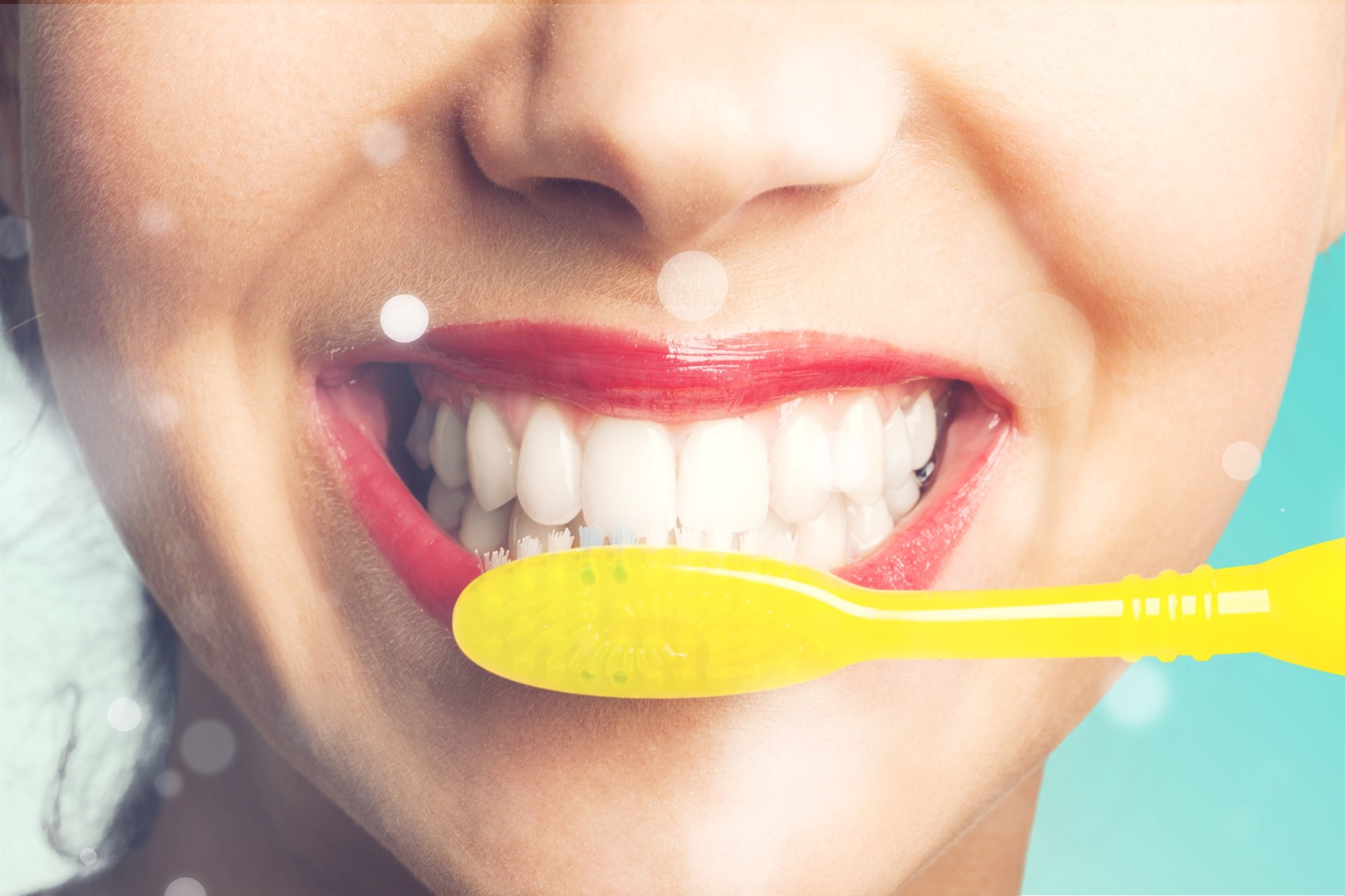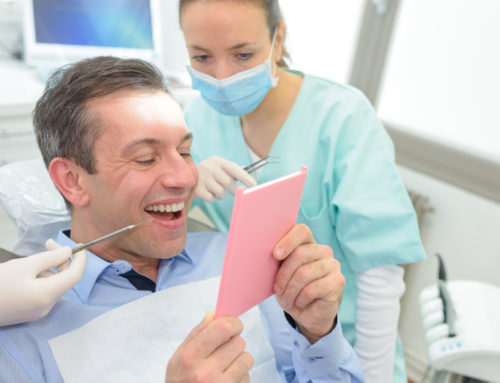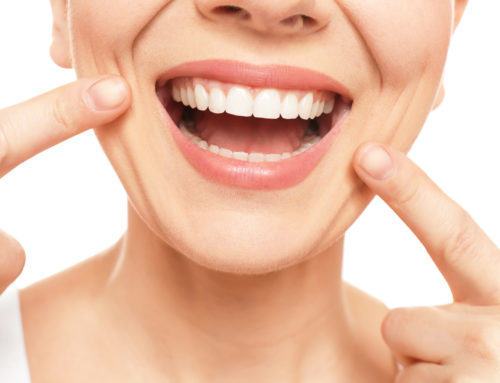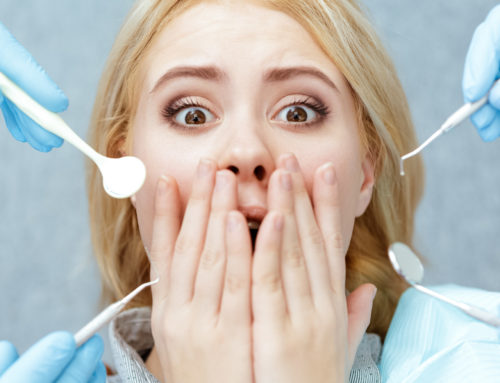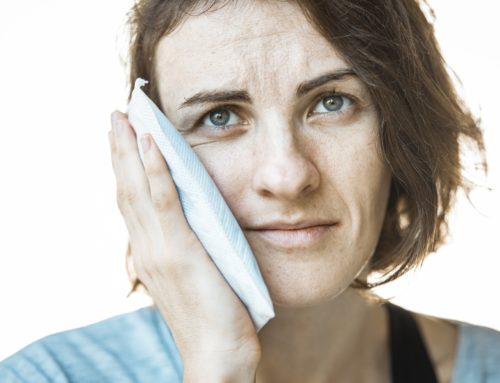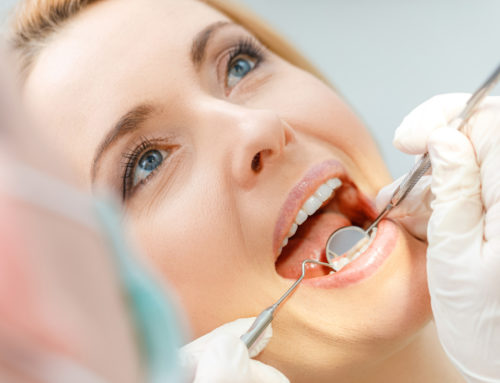In 2018, a staggering 6.9% of US adults aged 18 years or older didn’t have any of their natural teeth left. That equates to about 18.2 million US adults who are completely toothless!
Dental cavities are a major reason for all this tooth loss. Between 2013 and 2016, 31.6% of adults aged 20 to 44 had untreated tooth decay. On top of that is the 16.9% of youth aged 5 to 19 who also had untreated dental cavities.
Now, you wouldn’t want to lose all your teeth to cavities, do you? That’s why as early as now, you should learn how to not have cavities. Tooth loss may not be reversible, but dental decay is preventable and treatable.
Ready to learn the tricks on how to prevent getting cavities that can make you lose your natural teeth? Then keep reading, as that’s exactly what you’ll learn in this post!
Treat Your Floss as the Boss
A toothbrush lifts and gets rid of food and plaque stuck between the teeth. However, its bristles can’t reach the deeper crevices of the teeth.
That’s why you also need to floss, as it gets rid of food debris and plaque that regular brushing doesn’t. Proper flossing and brushing techniques help keep tooth decay and gum disease at bay.
What most people aren’t aware of is that flossing is best done before brushing.
Let’s say your usual routine is to floss after you brush. In this case, the cavity-causing particles removed by the floss will still be in your mouth. They may still even be hanging, albeit loosely, on the surfaces of your teeth.
Either way, they’ll remain in your mouth, which then gives them a chance to wreak havoc there.
When you floss before you brush, your toothbrush will be able to remove what your floss has lifted. As such, there will be less food debris and plaque left in your mouth. The less of these cavity-causers in your mouth, the lower your risk of tooth decay and gum disease.
Follow the Two-Minute Brushing Habit
Two minutes should be the minimum length of time you spend on each toothbrushing session. This increases your toothbrush’s coverage area for a more thorough cleaning.
Any shorter than this and researchers say your risks for heart diseases may go up by three-fold.
Brushing for at least two minutes helps remove as much plaque as possible. Plaque contains at least 1,000 species of bacteria, many of which harm the teeth and gums. These bacteria feed on the sugars and starch of the “left-over” food in your mouth.
From there, the bacteria produce acids that break down the tooth enamel. Enamel is the hardest tissue in the body (yes, harder than your bones!), and it covers your teeth. The longer you let plaque stay in your mouth, the greater the damage the bacteria it contains can do.
Cavities develop once the acid from the bacteria dissolves enough of the enamel to get past it. In most people, it’s at this point that they start feeling the symptoms of tooth decay, such as toothaches.
Don’t wait for tooth decay to throw you into a world of pain — instead, master the two-minute brushing habit ASAP.
Stick to a Tapered-Tip, Soft-Bristled Toothbrush
Tapered-tip toothbrush bristles have tips that are even narrower than normal brushes. This design makes it easier for them to reach under the gums for a more thorough cleaning. The bristles are also soft and gentle on both the teeth and gums.
One study found that these are more effective than regular soft toothbrushes. After a single brushing session, the tapered-tip variants reduced plaque by as much as 71.1%. Moreover, these brushes lowered plaque severity index scores by a whopping 43.8%.
If you’ve been using a normal soft-bristled brush, now’s the time to upgrade. Also, don’t forget to replace your toothbrush every three to four months. Bristles also wear down over time, which reduces their cleaning efficiency.
Add a Mouthwash to Your Oral Hygiene Regimen
Mouthwashes shouldn’t replace brushing and flossing — they should be an addition. The primary use of these products is to help put a temporary stop to bad breath or halitosis. There are, however, some types of rinses that can help reduce plaque and gingivitis.
For the best results, look for a mouthwash that contains at least 0.2% chlorhexidine. According to one study, this is much more effective against plaque than a 0.06 or 0.12% concentration.
You may need a prescription from your dentist for this medical mouthwash though. Still, it’s worth asking your dentist especially if you have gingivitis or halitosis.
Say Hello To Your Dentist At Least Twice a Year
Can brushing your teeth get rid of a cavity?
Yes, so long as the cavity is still in its earliest stage, which is usually marked by a white spot on the teeth. This spot signals the loss of minerals, which a fluoride toothpaste can reverse.
If the decay is beyond this stage though, it will be harder for the affected tooth to recover.
What’s more, it’s easy to miss this early sign of reversible tooth loss.
It’s because of this that you shouldn’t skip your twice-a-year visits to the dentist. The trained eyes of your dentist can spot these signs of decay right away, and from there treat it ASAP.
Today’s the Day to Follow These Techniques on How to Not Have Cavities
There you have it, your ultimate guide on how to not have cavities and reverse those that you may already have. Dental decay may be so common, but that doesn’t mean it’s inevitable for you too. What’s important is to not skip any of these techniques, especially your dental visits.
If you have an untreated tooth cavity, it’s even more important to see a dentist right away. The sooner you have that tooth decay treated, the lower your risks of losing that tooth forever.
Ready to make your teeth cavity-free? Then please don’t hesitate to connect with us now to schedule an appointment! Our team of dental health professionals will be happy to help you take even better care of your teeth.
